“The world loves talent but pays off on character.” John W. Gardner
“A crisis is a terrible thing to waste.” Paul Romer
In early December 2015, I posted to this blog a rather lengthy essay on the future of the professions. Initially, I had thought that I would get a few comments, respond to those comments, and then move on to the next blog. Instead, I received several dozen substantive comments, many of them worthy of a response. And so, revising my plans, I instead posted a series of responses at two week intervals, each one keyed to a specific theme. Now, while this series of responses is coming to an end (although the blog will continue), I’m offering some general comments on what may lie ahead in the professions.
From one vantage point, it may seem that the need for traditional professionals is on the wane. I reject this conclusion. Indeed, I think that we need more better trained and more thoughtful professionals of the traditional sort, not fewer. But whatever the supply and demand for traditional professionals—physicians, lawyers, professors, engineers, architects, etc.—there is every reason to believe that in the future we will need new and better kinds of professionals. The world may be getting smaller, but populations are getting larger, individuals are living longer, careers are more varied, and norms from diverse cultures are abutting and all too frequently crashing one another. It will take a soul far more optimistic than mine to believe that these challenges will take care of themselves.
Far more likely, in my view, that individuals with new forms of knowledge and expertise will be needed. And, just as is the case in the current milieu, we’ll need to be able to separate the experts from the pseudo-experts and, of course, from the ever-lurking charlatans. We may need to invent new professions or radically reconfigure and re-combine the existing clutch. Just as examples, we may need individuals expert in translating across cultures, in dealing with new phases in the life cycle, and in balancing digital and offline lives. We will need to adjust to a situation where professionals move readily between their chosen profession and the entrepreneurial sector—and this fluidity, while attractive to the individual, may pose significant challenges for the society that must do the sorting. (Is she a doctor, or the head of a start up? Or both?)
Of course, despite these changes, individuals need not—indeed they should not—abandon the traditional values and orientations of the professions. They can elect to spurn the attractiveness of a high salary and glamorous living conditions in favor of a commitment to a modest existence in which their energies are directed toward the greatest needs of society. A sense of “calling” can be powerful.
Moving beyond individuals, we can expect challenges to those institutions that must provide a home to a rapidly changing set of characters. As Eric Liu puts it, we need to invent new entities that ensure civic responsibility, vouch for quality and integrity, and have a distinctive culture as well as shared rituals across the generations. And perhaps, as well, there may need to be the dawning of a new, shared consciousness—call it religious, spiritual, or political in the ancient classical sense of that term. (Let’s hope that we don’t need to wait until a global crisis for this to happen.)
Since I am an educator who has been associated with a school of education for almost fifty years, it is appropriate to ask about the role of education in the preservation of the professions, in the training of the professions, and across the life cycle. Young aspiring professionals need to know the traditional roots and values of their respective professions, while at the same time become knowledgeable about the new pressures and myriad opportunities associated with professional life in the 21st century. Well-crafted media presentations may be helpful—not only ones that portray the occasional hero or the occasional knave, but ones that capture professional lives in their fascinating and idiosyncratic complexity. No doubt, some of this knowledge, some of this understanding, can be obtained on the job and, perhaps, online.
That said, from my perspective, there is no ready substitute for a “liberal arts” introduction to the professions in general, and to one’s aspiring profession in particular—and that can and should remain central in schools of professional education. Such a professional education will be much easier to effect—and to effect well—if we preserve a traditional liberal arts education of three or four years before the launch of avowedly professional education.
This aspect of professional education, sometimes called values education, is one in which I believe. It is most effectively assimilated through contact with individuals who embody those values—whether those persons are self-employed, belong to a partnership, work for a corporation, or teach at a professional institution. Individuals moved by the arguments put forth here can and should serve as role models for aspiring professionals. That said, I also believe that reading key texts—especially ones devoted to ethical dilemmas and the ways in which they have and could be approached—and having the opportunity to discuss and debate these texts is a valuable and in fact an invaluable experience. Courses for undergraduates on the nature and the importance of the professions could balance the current mania for courses on business, finance, and entrepreneurship. I hope that, in a modest way, my original essay, the numerous thoughtful responses, and my series of ten postings can contribute to a needed “education in and for the aspiring professional.”
Thanks to commentators Anne Colby, William Damon, Laura Easley, James Hunter, Mia Keinanen, Mindy Kornhaber, Charles Lang, Harry Lewis, Eric Liu, Seana Moran, Amelia Peterson, Peter Sims, and Dennis Thompson.
This is the tenth and final post in a ten-part series in which I respond to the comments received regarding my essay “Is There a Future for the Professions? An Interim Verdict.”







